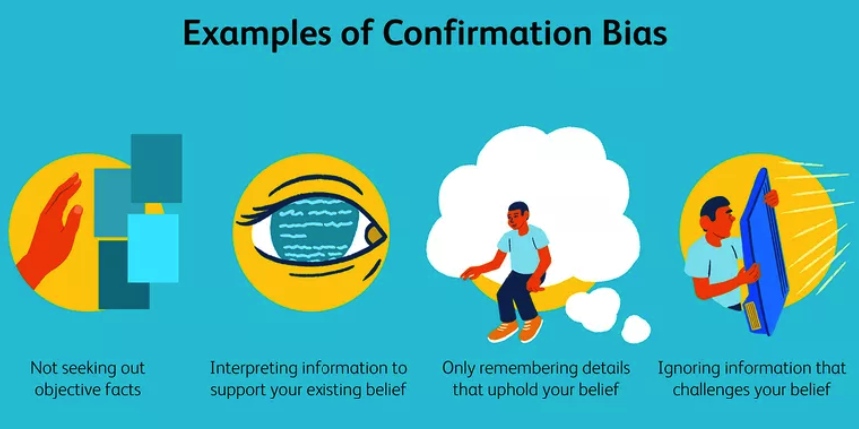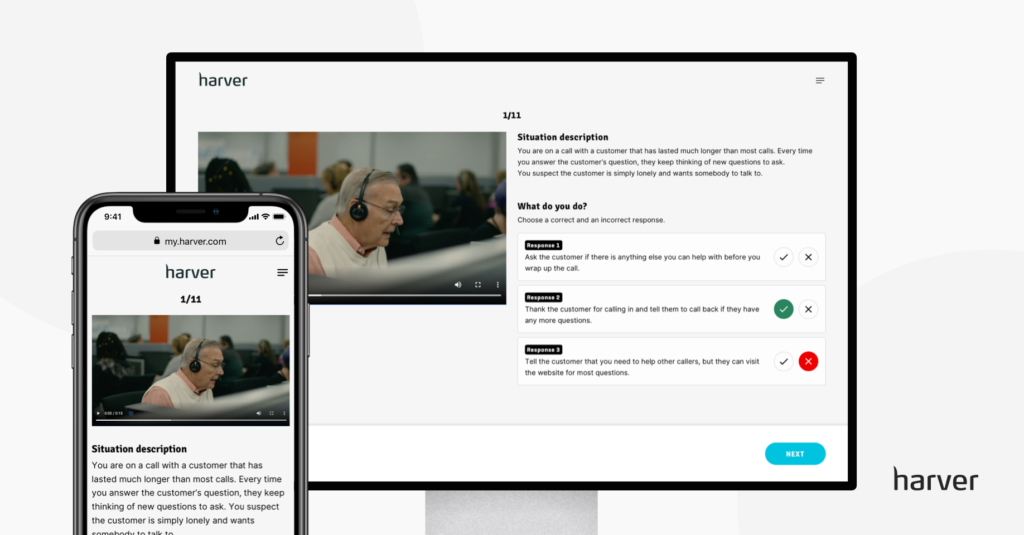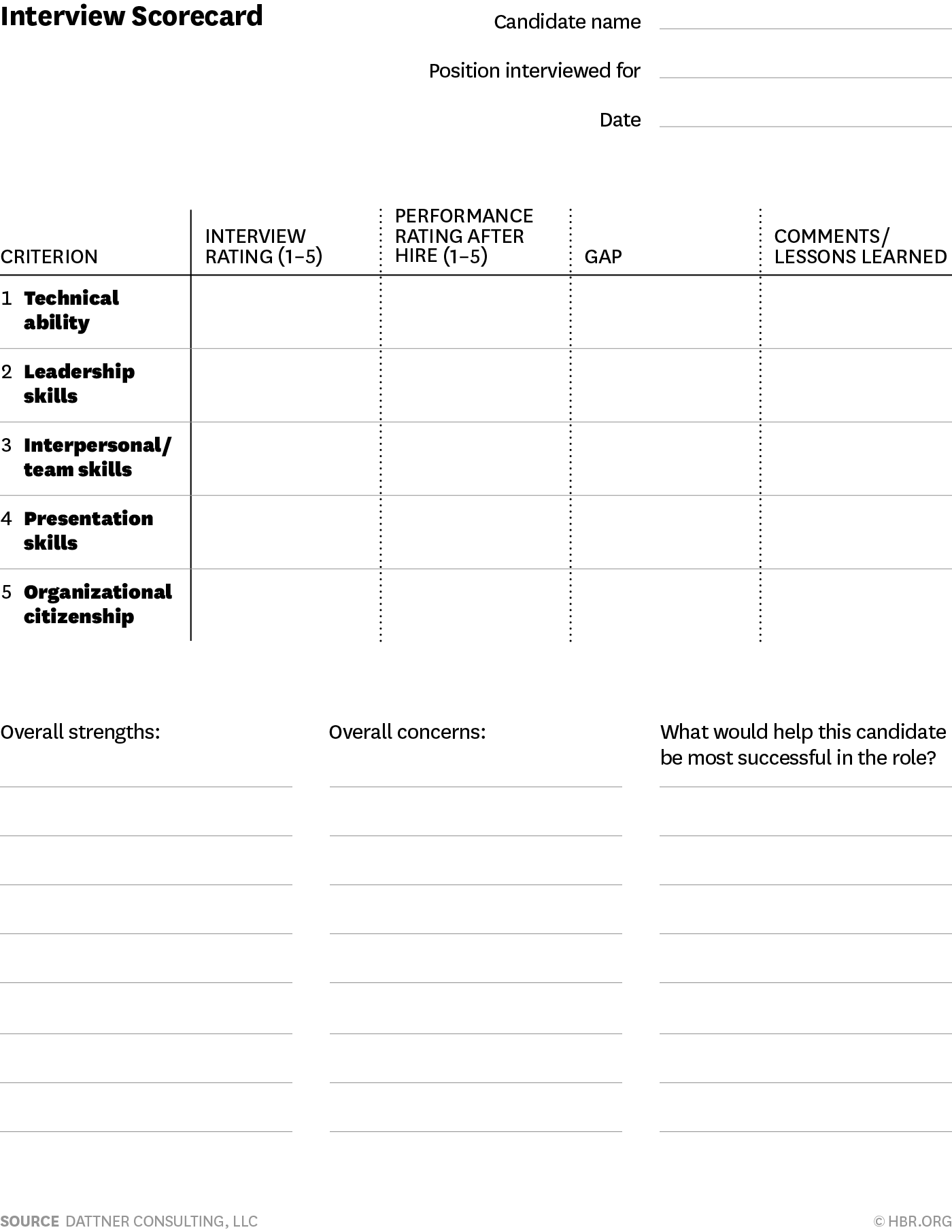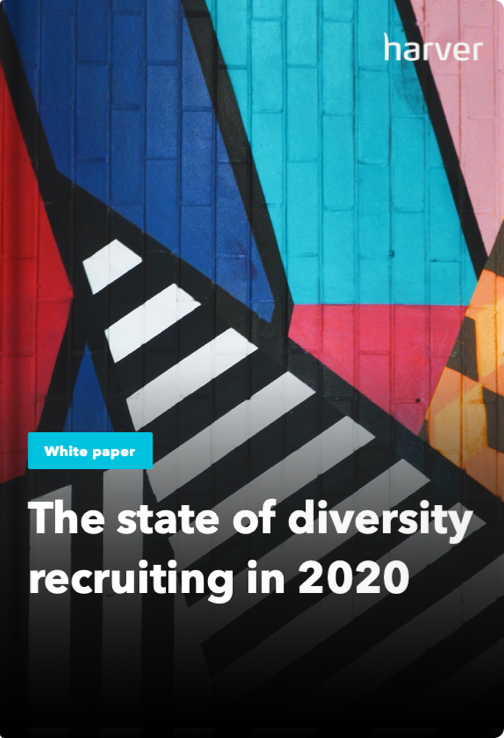Companies around the world are taking various steps to ensure fair hiring practices and reduce unconscious bias during the recruitment process.
Diversity and inclusion in recruiting have become a top priority for almost every organization in recent years, as leaders look to bring more diverse talent to their teams. From implementing blind resume screening and using validated pre-employment assessments to writing inclusive job descriptions, there are several ways to minimize bias in recruitment and ensure fair hiring practices across the board.
The question is: how can you prevent bias once you actually need to interview the candidates? Let’s dive into the topic!
What’s in?
What is interviewer bias in recruitment?
Interviewer bias occurs when someone makes a preconceived notion about an interviewee that clouds their judgment and makes the interview less objective overall. While interview bias is a concept that is primarily recognized in qualitative research, it also translates to recruitment and impacts hiring decisions.
In a LinkedIn survey, 42% of respondents said bias of interviewers was a reason for interviews failing as an effective employee selection method.
Unconscious bias in interviewing is not only unfair and discriminatory but also leads to making poor hiring decisions and high turnover rates. In certain situations, biased hiring processes can even lead to legal troubles.
On the other hand, companies with fair and inclusive recruitment practices are often more innovative and profitable. That’s why it benefits businesses in numerous ways when recruiters take steps to ensure their hiring practices are fair and unbiased across the recruitment funnel.
Different types of interviewer biases
There are several different types of biases, many of which can influence hiring decisions. We’ve listed the most common types of recruitment biases to watch out for in the interview process below.
Confirmation bias
Confirmation bias occurs when people favor information that supports their existing beliefs. In other words, a recruiter might give more weight to evidence that confirms their beliefs and ignore information that disproves them. To minimize confirmation bias, interviewers should never base their hiring decisions on the interview alone.

Affect heuristics
Affect heuristics are when a recruiter uses mental shortcuts to reach a conclusion about a candidate’s ability to do a job without carefully reviewing the evidence first. Their perception of the candidate is usually based on superficial factors that are irrelevant to how well they would perform specific tasks and job requirements. For example, an interviewer might judge someone negatively with obvious tattoos or facial piercings.
Affinity bias
Affinity bias occurs when we have a natural affinity to a specific job candidate because of shared interests and things in common. For example, if an interviewer discovers that they went to the same school as the candidate they’re interviewing, they may be prone to unconscious affinity bias.
Conformity bias
Conformity bias happens when an individual’s decision making is swayed by what others think. As humans, we’re naturally afraid of being ridiculed and are subject to group peer pressure. This can occur during the interview stage of recruitment if you’re the only one on a hiring panel who thinks a particular candidate did well, or vice versa.
These are just a few examples of common biases that can impact hiring processes and candidate selection. Now, let’s see what you can do, in practice, to minimize interviewer bias!
Like what you see?
Don’t miss out. Subscribe to our quarterly digest to get the latest TA and TM resources delivered right to your inbox.
Ways to minimize interviewer bias
Here are seven steps you can take to get started.
1. Start with building a diverse shortlist
If you’re looking for ways to reduce interview bias, creating a diverse shortlist of finalists is a great way to get started. Building a diverse shortlist involves splitting candidates into different categories when presenting them to the hiring manager. This can help to reduce implicit bias because people tend to choose candidates from each category, which ultimately leads to picking more diverse options.
On a diverse shortlist, you can categorize candidates based on gender, nationality, ethnicity, or other similar diversity-related groupings. A great example of how grouping diverse candidates can minimize bias comes from a study conducted by the Harvard Business Review, in which it was revealed that if there’s only one woman in your candidate pool, there’s statistically no chance she’ll be hired.
Alternatively, when there were two female finalists, women had a significantly higher chance of being selected for a role. According to HBR, the odds of hiring a woman were nearly 80 times greater if there were at least two women in the finalist pool.
Stop guessing,
Start data-driven hiring.
Learn how you implement a modern candidate selection process, that is: streamlined, experience-driven and backed by data.

2. Standardize your interview process
Another great way to minimize interviewer bias is to standardize your interview process so that it has the same structure for each candidate. You may want to begin with a pre-employment assessment that offers a realistic preview of the job and reflects the company culture, to start building a rapport with a candidate without seeing them. This can help to avoid any bias caused by external appearance.
By taking this approach, you not only assess candidates for their job fit, but you also give them the chance to self-select out of the application process before the interview phase, if they don’t like what they see. Here’s for example how a pre-employment assessment for a contact center live chat agent might look like.

This type of assessment removes bias and evaluates candidates based on their skills and characteristics alone, ignoring their profile and past experience. Once they finish the assessments, candidates are scored and matched with the roles that fit their skills the best.

This makes it easy for talent acquisition teams to see which candidates would, objectively, be the best fit for the open positions. And to make the process even less prone to bias, you can fully automate the stage progression and move candidates to the next phases of the recruitment process without human intervention, just based on their matching scores.

During both the phone screening and in-person (or virtual) interview, make it a point to ask the same questions in the same order for each candidate. Unstructured interviews are much more likely to be impacted by bias, whereas a clear structure makes it much easier to avoid because every interview is comparable. Try to ask open-ended interview questions, as they’re harder to look at subjectively and a better measure of competency.
Note: If you’d like to see how the assessments and automation work in the Harver platform, you can book a demo below.
Ready to transform your hiring process?
3. Make records of the interviews
When interviewing potential candidates, it’s important to either take notes or record the interviews if possible. Having adequate records of some kind will help you recall the answers better so you don’t have to rely on your memory when comparing candidates.
4. Prepare interview scorecards
Many recruiters utilize interview scorecards to essentially grade candidates and help with making comparisons. Interview scorecards with clear scoring criteria are a highly effective way to reduce unconscious bias in interviewing. When using interview scorecards, always score candidates immediately when your memories are still fresh.
If you have multiple interviewers, train each one on how to use the interview scorecards properly to make the best use of them. You should also make sure that everyone scores a candidate before they see other people’s evaluations to avoid issues with conformity bias.

You can use this example of an interview scorecard as a basis for creating your own.
5. Involve multiple people in the interview process
The best interview processes include multiple people to ensure fair, unbiased judgments are made about each candidate. Consider creating an interview panel with various members of your team that are diverse in terms of age, gender, background, seniority level, and position at your organization.
This is effective because a diverse interview panel is far less likely to experience bias than a single person or a team of like-minded individuals. Compare your interview panel’s evaluations of the candidates only after everyone has finished meeting them.
6. Question your decisions
Self-awareness is very important when it comes to minimizing interview bias. Be aware of the bias that can cloud your own judgment and question your decisions to be sure it’s not happening during your recruitment processes. For example, ask yourself if you would make the same decision if the candidate was of another gender, race, ethnicity, or ability. If so, why? If you wouldn’t make the same decision, why not?
It’s necessary to question your own decision-making to prevent positive discrimination, which can occur when companies are trying to diversify their workforce. Positive discrimination is different from positive action, and it’s important that employers understand the difference to make the right decisions.
Positive discrimination is the process of increasing minority employees within a group that the company has been known to discriminate against in the past. On the other hand, positive action is when a business decides whom to hire or promote between top candidates who are all equally qualified for the role in question.

38%
of talent professionals consider finding diverse candidates to interview the biggest barrier to improving diversity.
Source: LinkedIn
7. Acknowledge bias in virtual interviews
Last (but certainly not least), acknowledging bias in video interviews is critical for ensuring fair hiring practices—especially in the wake of the COVID-19 pandemic, when so many interviews have gone virtual.
Interviewer bias doesn’t disappear in the virtual interviewing settings. In fact, it can actually be amplified. Here’s how a Fast Company article described the potential for bias during Zoom interviews: “While the world has changed in the past few months, hiring practices haven’t. Insidious biases can emerge during any kind of interview, whether it’s over Zoom or otherwise. But during the pandemic, when people aren’t necessarily equipped to combat this bias, it may be particularly dangerous.”
To prevent implicit biases from interfering with the fairness and outcome of a virtual interview, start with a phone conversation to break the ice and get to know candidates before meeting face to face over Zoom or a similar video interviewing tool. During phone calls, McMaster University recommends you to “be mindful that there might be unforeseen interruptions during the phone call, which should not elicit implicit bias of unprofessionalism or unpreparedness on the applicant”.
Then, during the actual virtual interview, you can follow the same guidelines we shared above: build a diverse shortlist; ask standardized questions; record the interview; use interview scorecards; assemble an interview panel; and remain self-aware throughout the process to minimize bias as much as possible.
Some companies have experimented with using online avatars during virtual interviews to reduce unconscious bias in interviewing; however, it’s important to note that the same biases are still at play even when using digital avatars.
A closing thought
Interviewing is an essential part of the recruitment process, but it’s also probably the most difficult part to reduce bias in. With that said, there are still many measures you can implement to make your hiring process as objective as possible.
We’ve detailed the topic in the ebook below.
The state of diversity recruiting in 2020



